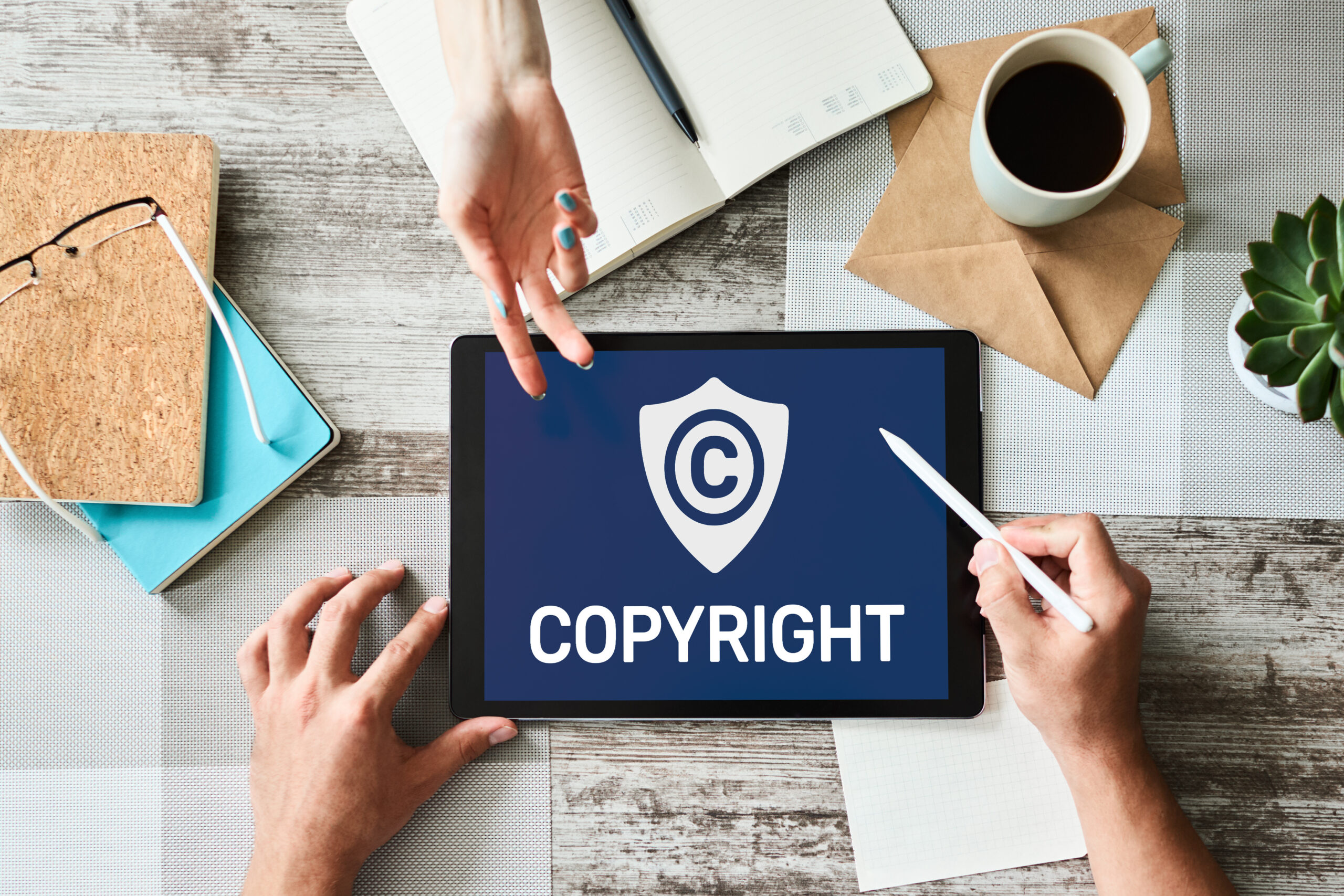Amendments to the Polish Copyright Act will enter into force on 20 September 2024. Among other things, these changes include provisions on the right of an author to request an increase in remuneration and to receive information on the revenues from the exploitation of his or her work. At the same time, the legislation provides for a number of exceptions that limit the impact of these changes on the IT industry.
Empowering authors and exceptions
The amendments to the provisions of the Copyright and Related Rights Act (amendment of 26 July 2024) concern a number of issues. In this post, we will focus on the changes to the position of the author in relation to his/her right to remuneration, its increase and the right to information (other issues, e.g. additional regulations concerning streaming platforms, are beyond the scope of this text). The changes to copyright law introduce a number of exceptions that limit their scope. This does not mean that the new provisions will not apply to the IT industry at all, but the impact will be limited. It may be greater for other creative industries, such as the gamedev industry (where computer programs are only part of the creative solutions created). Let’s look at the individual rights and the exceptions introduced in this context.
- An author who transfers copyright in a copyrightable work or grants a licence should receive equitable remuneration. This means that it should be proportionate not only to the scope of the rights transferred and the nature and extent of the use, but also to the benefits received by the purchaser of copyrights or licensee. The new rules clarify that if the remuneration depends on the income from the commercialisation of the work, it will in principle be fair. Otherwise, e.g. lump sum remuneration, must always be assessed on a case-by-case basis, taking into account the aspects mentioned above. The aim is to reward authors fairly, taking into account all aspects of their creation and its exploitation. Determining remuneration without regard to these principles is against the law.
- On the other hand, if at a later stage, in the course of the commercialisation of a work, it turns out that the remuneration of the author is disproportionately low in relation to the benefits obtained by the purchaser of the copyrights or the licensee, the author will be able to claim an increase of the remuneration in court. This is a significant change, as the previous provisions granted such a right only in exceptional cases where the disproportion between the remuneration and the benefits derived from the work was gross. It seems that the amendment is intended to encourage purchasers to take account of expected revenues in their relations with authors, and also to provide authors with a means of enforcing this requirement should the remuneration prove – in practice – to be disproportionately low.
- At the same time, the new law excludes the application of the above provisions to computer programs. Thus, programmers will not be able to claim an increase in remuneration for the transfer of rights in a programme on the grounds of disproportionality in relation to the benefits derived from the software. However, the new rules will apply to authors of other works, such as graphics, music, documentation or audiovisual works..
- Significant changes are introduced by the right of the author to be informed about the income from the use of his/her work (new article 47(1) of the Copyright and Related Rights Act), which has been added to the Act.
- Previously, the right to information was reserved only for cases where the author’s contractual remuneration depended on the amount of revenue from the commercialisation of his/her work. Now, the new provision of article 47(1) of the Act introduces a right to information for the author irrespective of the remuneration agreed upon by the parties, thus also when a lump sum remuneration is involved.
- The information provided to the creator must be up-to-date and must include both the revenue from the use of the work and an indication of what remuneration is due to the creator separately for each use. The purchaser or licensee may invoke an excessive cost or administrative burden and limit the information to the total revenues and the total remuneration for such use.
- The information must be provided on a regular basis, not less than once a year and not more than once a quarter.
- The obligation to notify may pass to a subsequent purchaser or licensee if the rights in the work have been transferred or further licensed.
- The information obligation does not only apply to new contracts. It will also apply to contracts in force on 20 September 2024, to the extent that it applies to use of the work occurring after that date.
- It will be important how the parties to a copyright assignment or licence agreement, including a sublicence, regulate the manner in which this obligation is to be implemented in their contractual relationship. At the same time, however, because of the protective nature of these provisions, this right cannot be excluded or limited by the parties to a greater extent than is required by the provisions of the copyright law.
- The right to information granted to the creator has already been significantly restricted by the legislature itself. It does not apply to:
- Computer programs (without further conditions). This is an important exception for the IT industry, as it means that programmers cannot demand information about the amount of profits made from their works (unless the contract itself provides for remuneration based on the revenues derived from the use of the program – in which case Article 47 of the Copyright and Related Rights Act applies).
- Situations where a work is created by an employee in the course of his employment and the employer acquires copyright in the work under the law (i.e. Article 12 of the Copyright and Related Rights Act).
- Authors whose creative contribution is not significant in relation to the whole used by the rightholder or licensee. In particular, information may be withheld from a co-author of a joint work or from an author of a work forming part of a collective work or a collection of works on the basis of such an insignificant contribution. If an author requests the information in order to increase his remuneration because it is disproportionate to the benefit derived from the work by the acquirer or licensee, and proves such purpose, the author may request the information even if his contribution is not significant.
- Irrespective of whether the author’s contribution was significant or not, the obligation to provide information cannot be refused on this ground if the information relates to a musical, spoken musical, literary or journalistic work or if the information is requested by the director of an audiovisual work, the cinematographer, the author of an adaptation of a literary work or the scriptwriter of an audiovisual work.


